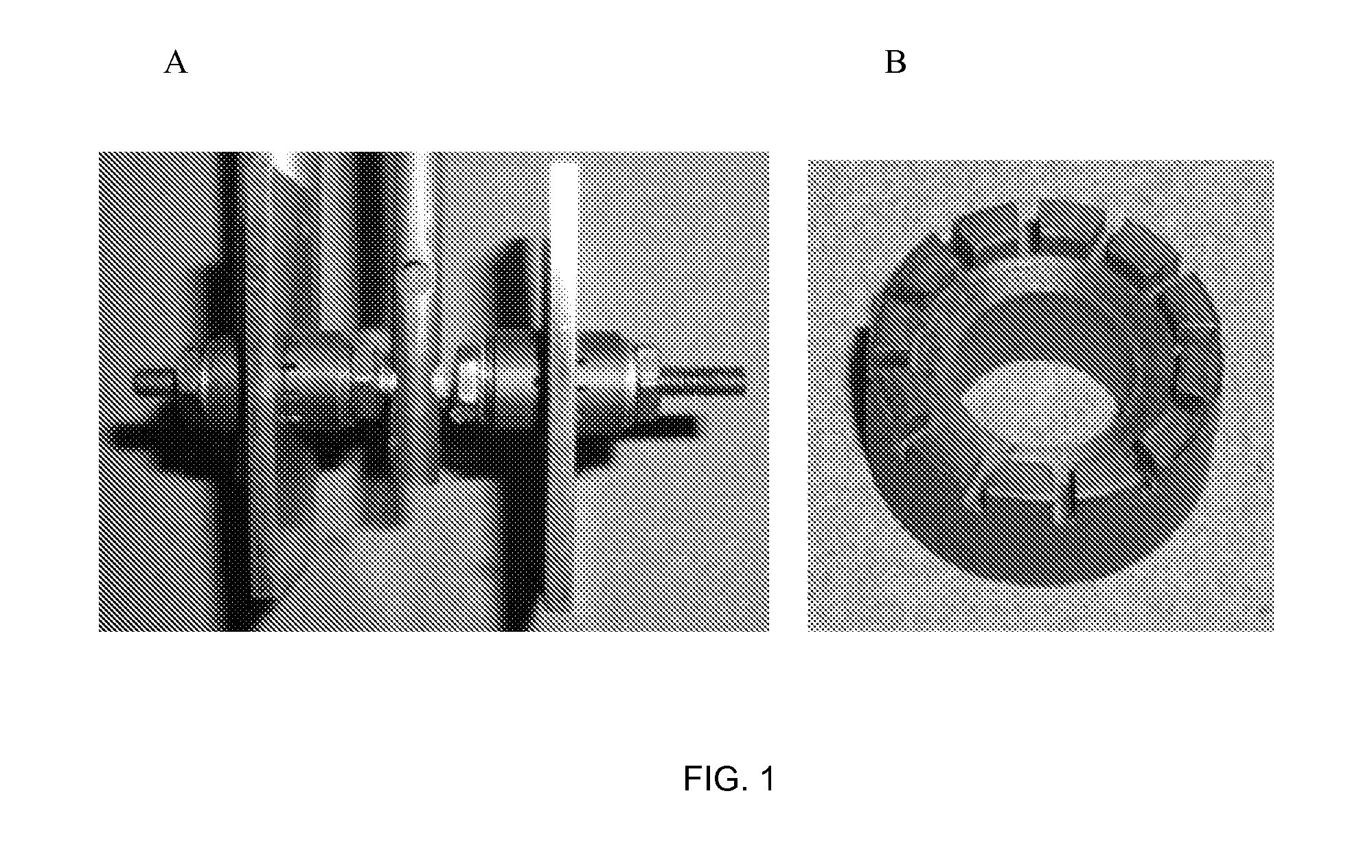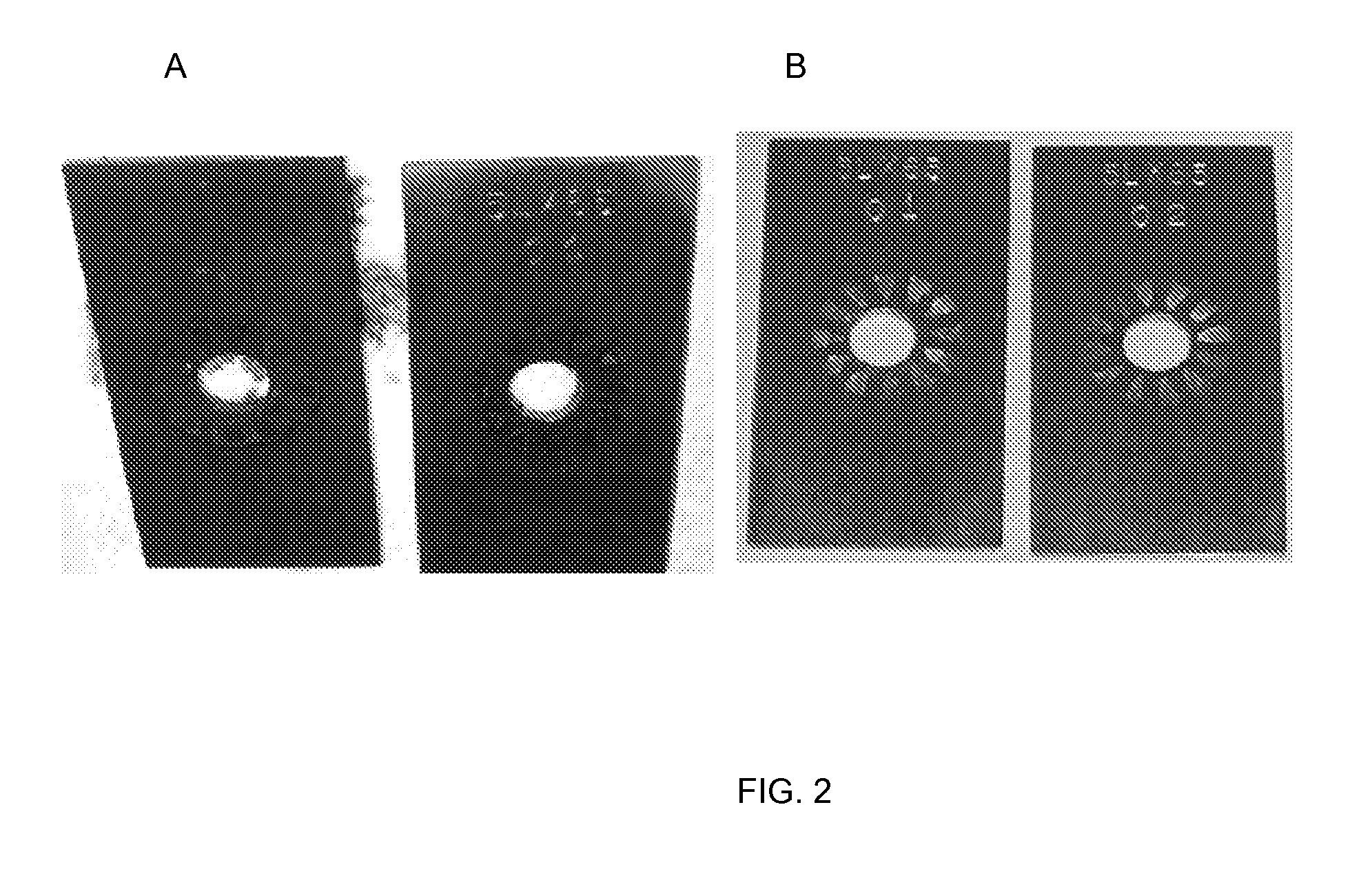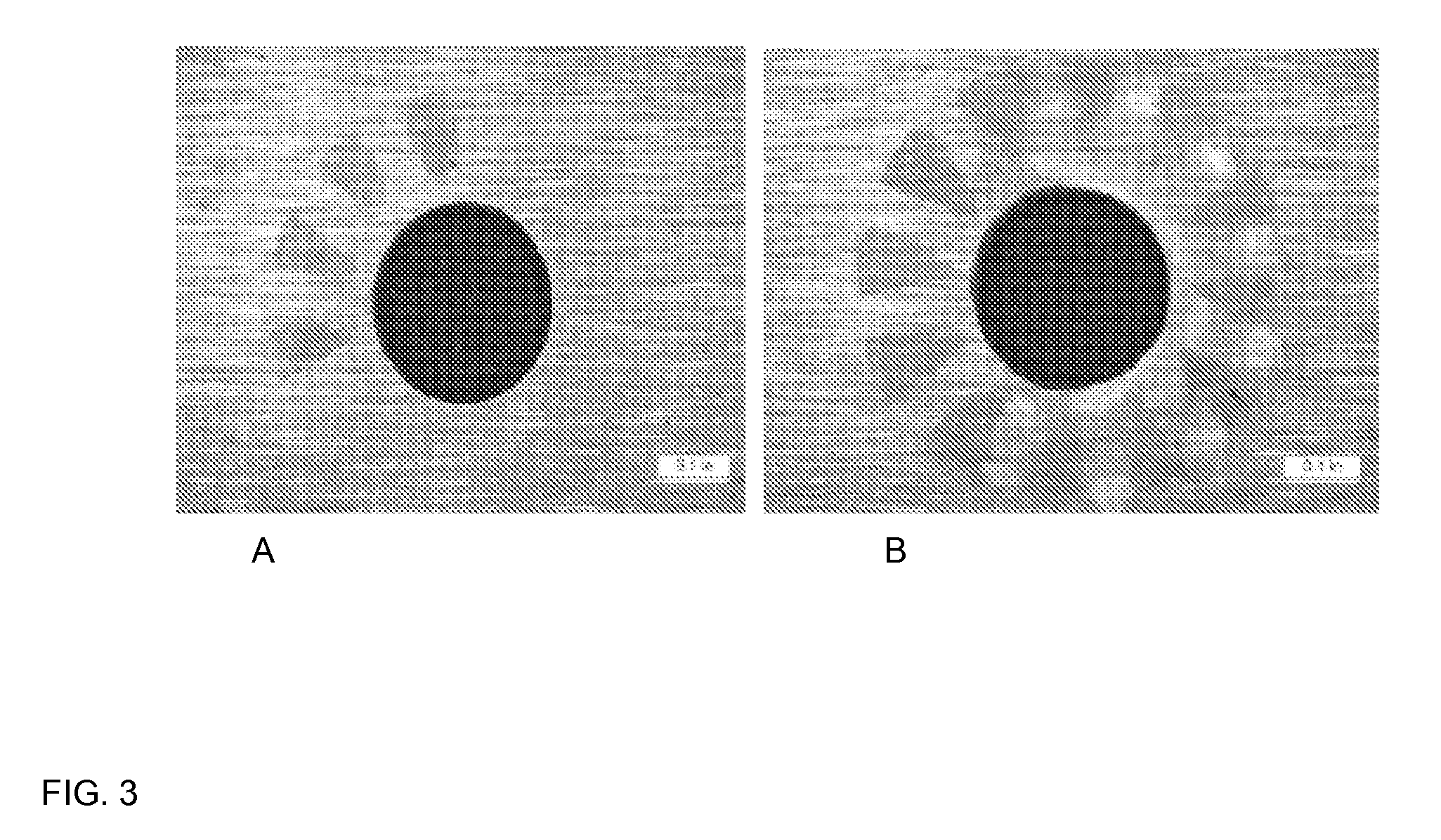Inhibiting corrosion and scaling of surfaces contacted by sulfur-containing materials
a sulfur-containing material and surface technology, applied in the direction of anti-corrosion paints, chemical treatment, pipelines, etc., can solve the problems of surface contact with sulfur-containing materials, prone to corrosion and/or scaling, etc., to reduce the rate of or inhibit the corrosion of a corrodible surface or material, reduce the corrosion rate, and save significant cost
- Summary
- Abstract
- Description
- Claims
- Application Information
AI Technical Summary
Benefits of technology
Problems solved by technology
Method used
Image
Examples
working examples
Example 1
[0069]The effect of corrosion inhibitors on the corrosion rate of API X-65 carbon steel in a simulated sulfur-containing environment was tested. The environment was ASTM substitute seawater with 500 ppm Na2S, pH adjusted to 4.8 using acetic acid. Inhibitor concentrations of 100 ppm were used in each of the applicable tests. A baseline solution was also tested. The test temperature was 100° F. on all tests. Two week stirred glass reaction kettle tests were used to determine the general corrosion rate and examine the formation of localized corrosion in a sour environment with and without various corrosion inhibitors.
[0070]Chemical analysis of the steel test coupons is given in Table 1 (weight %):
CPSSiMnCrMoAl.060.008.005.3001.330.050.030.020BCuNiNNbCaTiV.0022.300.010.0093.048.0032.017.023
[0071]The physical properties of the steel test coupons were:
[0072]Tensile Strength, KSI: 86.32
[0073]Yield Strength, KSI: 76.24
[0074]Elongation, % in 2 in.: 37.0
[0075]The chemical composition...
example 2
[0080]The effect of corrosion inhibitors on the corrosion rate of AISI 1018 carbon steel in a simulated elemental sulfur-containing environment was tested. The environment was distilled water with elemental sulfur added at 1.6 g / L (0.05 mol / l). About 0.15 mol of each inhibitor was used in each of the applicable tests (3:1 molar ratio of inhibitor to sulfur). A baseline solution was also tested. The test temperature was 300° F. on all tests. The corrosion tests were conducted in one-liter, PTFE lined stainless steel autoclaves. No crevice washers were used.
[0081]Chemical analysis of the steel test coupons is given in Table 4 (weight %):
CAlCaCrCuMnMoNiPSSi0.19.03.001.03.08.67.02.04.006.001.02
[0082]Baseline solution results. The test coupons tested with baseline solution showed extensive corrosion showing both edge and pitting attack (see FIG. 5). The corrosion rate data for these baseline test coupons are given in Table 5:
Sample0708Initial Weight (g)14.451314.5189Final Weight (g)13.57...
example 3
[0088]The effect of corrosion inhibitors on the formation of localized corrosion of AISI 1018 carbon steel in a sulfur-containing environment was tested. Colloidal sulfur (0.4 g) was used in testing. The sulfur was melted to form approximately 3 pieces of sulfur for each coupon. The three sulfur pieces were then placed on top of each horizontally mounted steel coupon. For the inhibited tests, the sulfur pieces were exposed to neat inhibitors for approximately 1 hour. The test environment was deaerated substitute seawater, saturated with 86 psig H2S and 20 psi CO2 for a total pressure of 106 psig prior to heating to 140° F. (60° C.). The tests consisted of a baseline test with unexposed sulfur and two tests with inhibitor exposed sulfur. The corrosion tests were conducted in one-liter, stainless steel autoclaves. The coupon was suspended off the bottom of the autoclave using PTFE supports. The uninhibited test was slowly stirred, but there was no stirring in the inhibited tests. The ...
PUM
| Property | Measurement | Unit |
|---|---|---|
| temperature | aaaaa | aaaaa |
| temperature | aaaaa | aaaaa |
| temperature | aaaaa | aaaaa |
Abstract
Description
Claims
Application Information
 Login to View More
Login to View More - R&D
- Intellectual Property
- Life Sciences
- Materials
- Tech Scout
- Unparalleled Data Quality
- Higher Quality Content
- 60% Fewer Hallucinations
Browse by: Latest US Patents, China's latest patents, Technical Efficacy Thesaurus, Application Domain, Technology Topic, Popular Technical Reports.
© 2025 PatSnap. All rights reserved.Legal|Privacy policy|Modern Slavery Act Transparency Statement|Sitemap|About US| Contact US: help@patsnap.com



